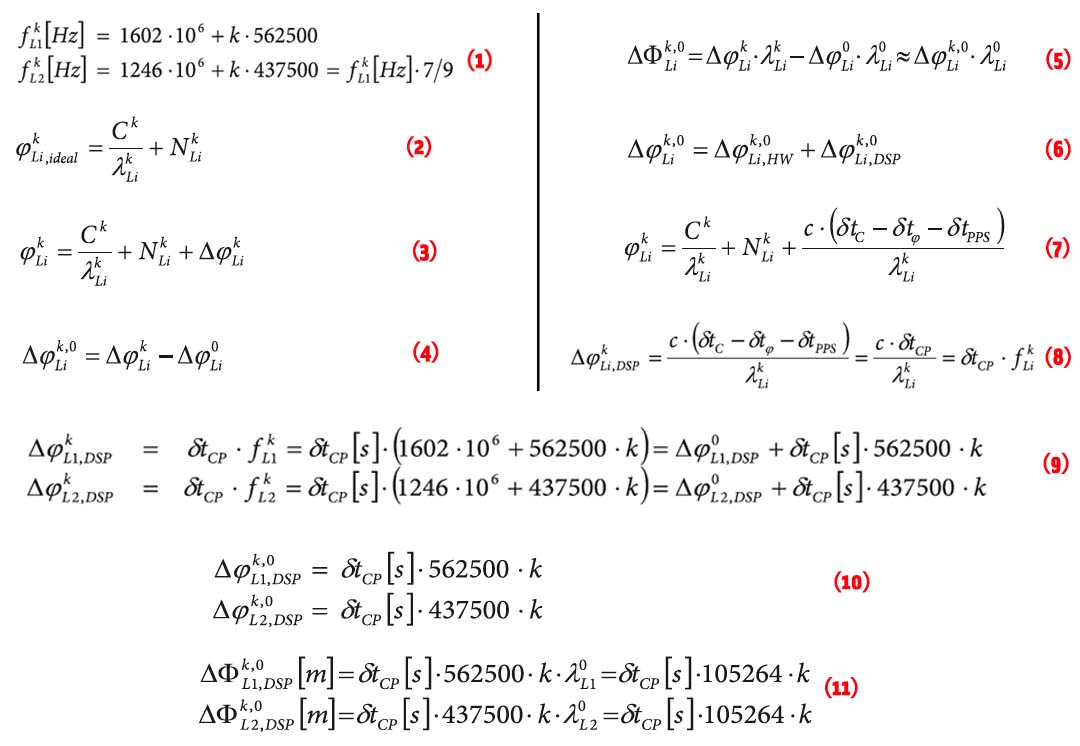Q: Do GNSS augmentation systems certified for aviation use, such as the GPS Wide Area Augmentation System (WAAS), have a function other than improving the accuracy of user navigation?
A: The short answer is yes.
Q: Do GNSS augmentation systems certified for aviation use, such as the GPS Wide Area Augmentation System (WAAS), have a function other than improving the accuracy of user navigation?
A: The short answer is yes.
The principal function of GNSS augmentation systems designed for aviation is to provide users with a “certificate” of safety evaluated in real-time. This certificate guarantees that users are extremely unlikely to suffer a large positioning error that might lead to a hazardous situation (such as a collision or a botched landing).
Functionally, GNSS augmentation systems broadcast differential corrections that do improve user positioning accuracy. Broadcast messages also report error bounds for individual GNSS satellites and warnings of rare system faults or atmospheric anomalies. By integrating all these components of the broadcast message, users can validate that their navigation systems will support safety critical operations.
Before explaining the nature of this safety certificate, let’s first review the major classifications of GNSS augmentation systems under development by the aviation community. These are generally classified as either space-based augmentation systems (SBAS) or ground-based augmentation systems (GBAS).
In SBAS, messages are broadcast over large areas (thousands of kilometers across) through one or more communication satellites located in geosynchronous Earth orbit. In contrast, GBAS messages are broadcast in a local area (tens of kilometers across) via a terrestrial VHF antenna. Each class of augmentation offers distinct advantages, with space-based services reaching more users and ground-based services enabling more accurate differential corrections and quicker message transmission times.
Commissioned in 2003 for instrument flight use, the Federal Aviation Administration’s (FAA’s) WAAS became the first operational SBAS, providing service to users across North America. Other SBAS services are under development worldwide, including EGNOS in Europe, GAGAN in India, and MSAS in Japan. GBAS services are also under development. Notably, the FAA and Air Services Australia are coordinating to certify the Local Area Augmentation System (LAAS), an airport-based GBAS designed to support automated landing.
Fundamentally, both types of augmentation system supplement GNSS with an additional data broadcast. To generate a certificate of safety these data broadcasts provide users with three types of information: differential corrections for individual satellites, error bounds for those differential corrections, and (on rare occasions) messages alerting users of a suspected satellite fault.
Augmentation systems generate differential corrections using reference stations at known locations. When applied by users, these corrections significantly reduce GNSS positioning errors introduced by satellite clock drift and by atmospheric delays. WAAS users, for instance, experience typical positioning errors of two meters (95 percent) in comparison with users of unaided GPS, who experience typical errors of eight meters or more (95 percent).
Some residual errors remain after the application of differential corrections; so, augmentation systems also broadcast “sigma” error bounds for each satellite. Error bounds are broadcast for individual satellites (rather than for the position solution) so that users may customize their error bounds to reflect the particular combination of GNSS satellites they have in view.
The user receiver constructs a bound on position error by combining the satellite error bounds under the assumption that they represent independent Gaussian distributions with standard deviations equal to the broadcast “sigma” levels. Because these assumptions are not precisely true, augmentation systems must broadcast sigma values somewhat larger than the nominal values computed from sampled data. This process is commonly referred to as “sigma inflation.” . . .
(For the rest of Jason Rife‘s answer to this question, including figures and graphs, please download the complete article using the pdf link above.)
Q: What are WAAS GEOs’ L1 and L5 Differential Biases and How Are They Estimated?
Presently, the Federal Aviation Administration (FAA) space-based augmentation system (SBAS), known as the Wide Area Augmentation System (WAAS), uses geostationary earth orbit (GEO) satellites to broadcast corrections and integrity information to users. A secondary use of the GEO signal is to provide users with a GPS-like ranging source. As of July 2007, the FAA started using two new GEOs with pseudorandom noise (PRN) designations 135 and 138 to provide this information. These new GEOs have L1 and L5 downlink frequencies.
Historically, the GEO communication and control segment (GCCS) ranging signal has been generated on the ground and provided via C-band uplink to the GEO, where the navigation payload translates the uplinked signal to an L1 downlink frequency. For the new GEO satellites, an additional C-band uplink is converted to the L5 downlink frequency. When both the L1 and L5 downlink signals are received at the GEO uplink ground station, they are used to provide ionospheric delay observations.
A key feature of GCCS is the addition of a second independently generated and controlled uplink signal. Therefore, GCCS uplinks two independent C-band signals that are translated to L1 and L5 downlink signals.
Closed loop control of the GEOs’ L1 and L5 broadcast signals in space (SIS) is necessary to ensure that the algorithms compensate for various sources of uplink divergence between the code and carrier, including uplink ionospheric delay, uplink Doppler, and divergence due to carrier frequency translation errors induced by the GEOs’ transponder. Use of two independent broadcast signals creates a unique challenge in estimating biases and maintaining coherency between the two signals. . .
(For the rest of Mohinder Grewel‘s answer to this question, including figures and graphs, please download the complete article using the pdf link above.)





